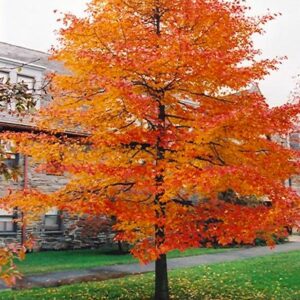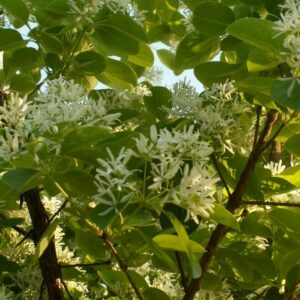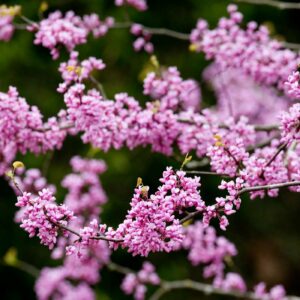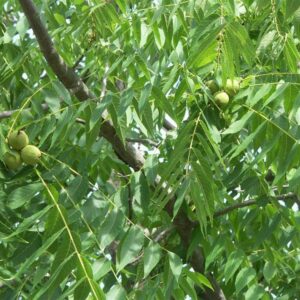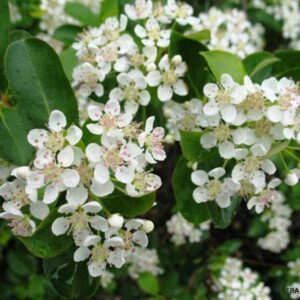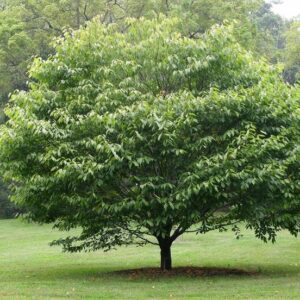- Ph: (631) 801-2855
- All Visits by Appointment Only
- info@linatives.com
- My Account
The common hackberry is a 60-100 ft. deciduous tree, varying greatly in response to habitat. The broad crown is often erratic in shape. Tree with rounded crown of spreading or slightly drooping branches, often deformed as bushy growths called witches’-brooms. Older bark is covered with conspicuous, corky projections. The plant foliage is dull-green and rough. Its fall color is not impressive. Orange-brown to dark-purple berries are arranged in clusters. Used for furniture, athletic goods, boxes and crates, and plywood. The common name apparently was derived from hagberry, meaning marsh berry, a name used in Scotland for a cherry. Many birds, including quail, pheasants, woodpeckers, and cedar waxwings, consume the sweetish fruits. Branches of this and other hackberries may become deformed bushy growths called witches-brooms produced by mites and fungi.
$29.99 – $149.99
Please note: Most pictures represent mature plants. Unless otherwise specified, all of our plants are sold in 4″ pots to make shipping possible and will mature in time.
Learn more about how the process works and how our plants are delivered.



| Native | |
|---|---|
| Sunlight | |
| Moisture | |
| Wetland Indicator | |
| Special Attributes | Bird Attractor, Butterfly Attractor, Salt Tolerant, Shade Tree |
| Size | 10 Gallon, 2 Gallon |
The common hackberry is a 60-100 ft. deciduous tree, varying greatly in response to habitat. The broad crown is often erratic in shape. Tree with rounded crown of spreading or slightly drooping branches, often deformed as bushy growths called witches’-brooms. Older bark is covered with conspicuous, corky projections. The plant foliage is dull-green and rough. Its fall color is not impressive. Orange-brown to dark-purple berries are arranged in clusters. Used for furniture, athletic goods, boxes and crates, and plywood. The common name apparently was derived from hagberry, meaning marsh berry, a name used in Scotland for a cherry. Many birds, including quail, pheasants, woodpeckers, and cedar waxwings, consume the sweetish fruits. Branches of this and other hackberries may become deformed bushy growths called witches-brooms produced by mites and fungi.
